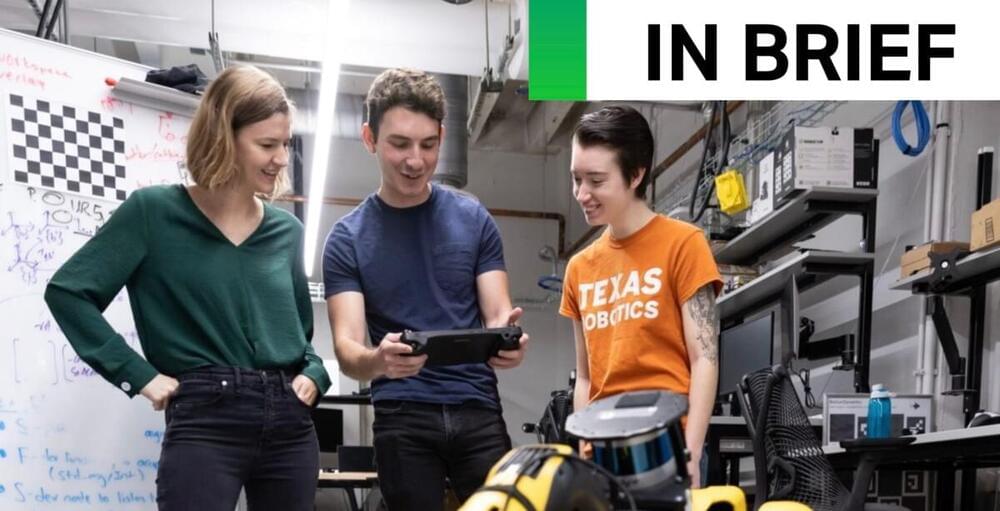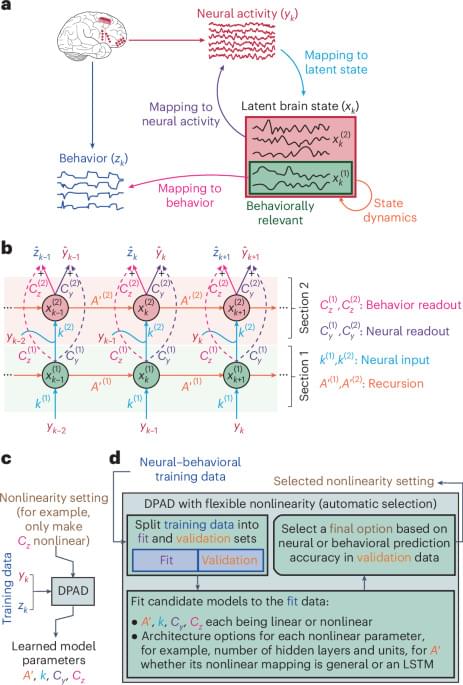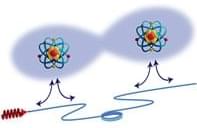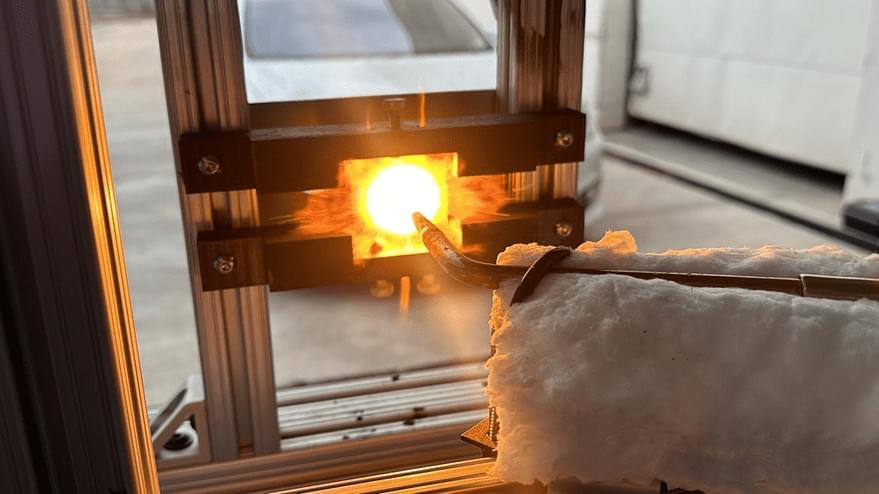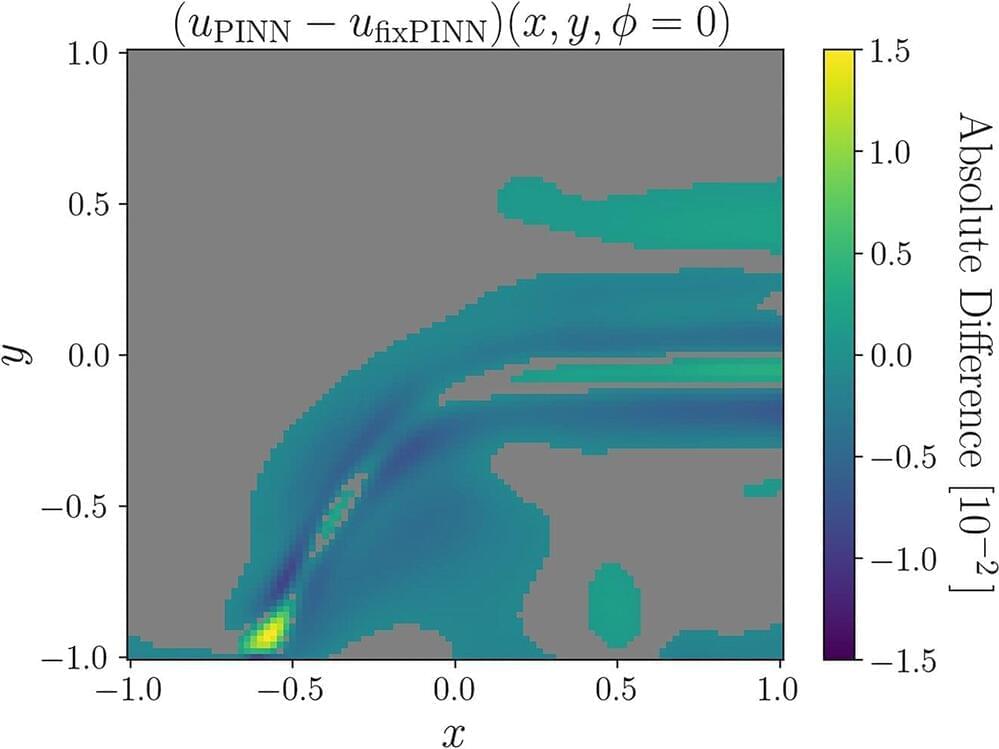Sep 9, 2024
University of Texas opens robotics program up to incoming freshmen
Posted by Genevieve Klien in categories: education, robotics/AI, space
The University of Texas at Austin this week announced that it has opened its undergraduate robotics program to high school applicants. The honors program is one of the first in the U.S. that allows incoming freshmen to apply for the program as part of their initial admission application. It’s a clear indication that robotics is no longer in the realm of hyper-specialized graduate and doctorate programs.
The minor is tied to a handful of other majors, including aerospace engineering, electrical and computer engineering, computational engineering, computer science and mechanical engineering. Each forms a foundational piece of an eventual robotics major. With the rise of robotics in high school STEAM teaching, the program is designed to maintain incoming freshmen’s interest in the growing space.
